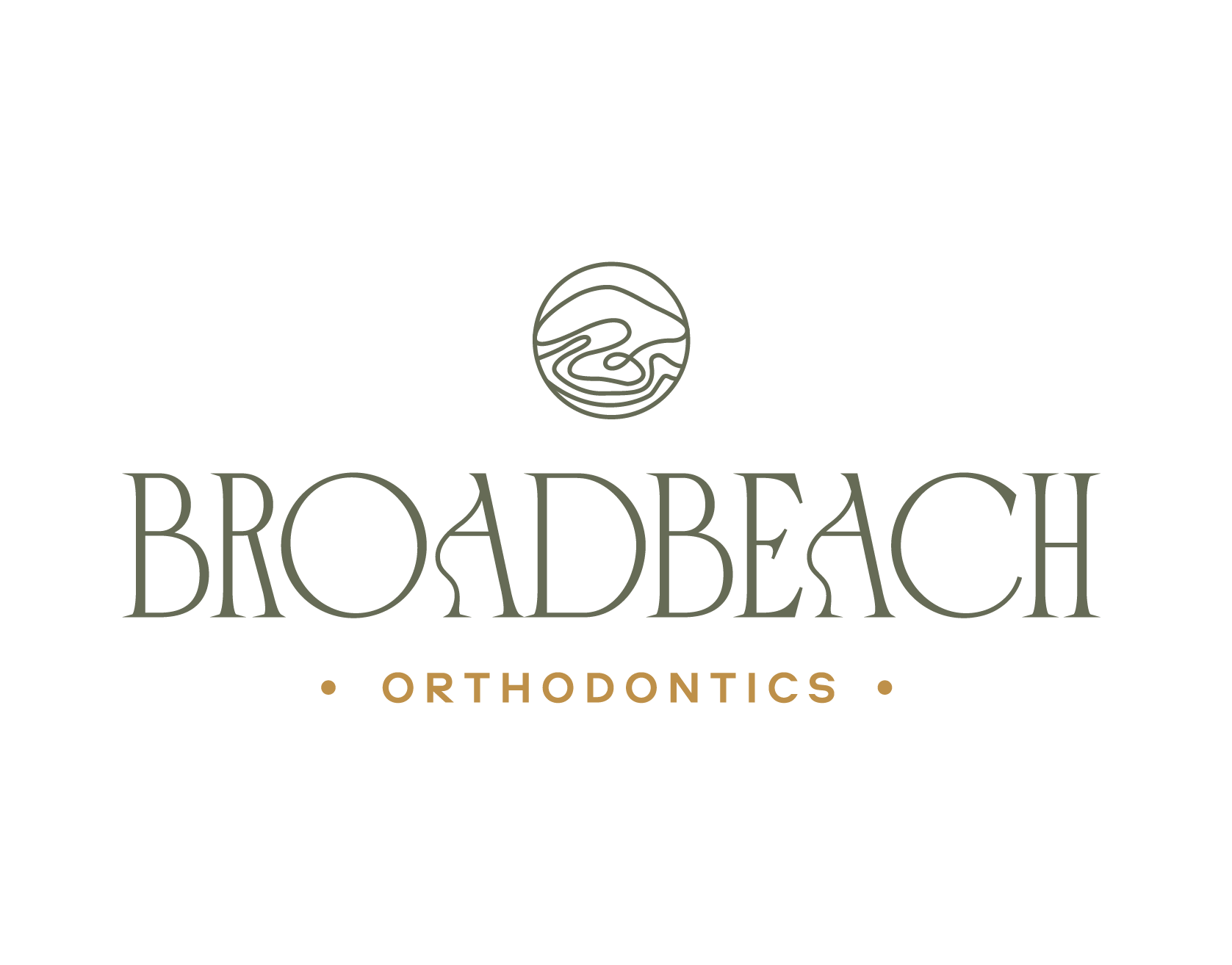It’s a common belief that children’s teeth will naturally straighten out as they grow, but this isn’t always the case. While some minor alignment issues may improve on their own, significant problems like overcrowding, gaps, or misalignment often require orthodontic intervention. Here are a few reasons why:
- Permanent Dentition: Children’s primary (baby) teeth are replaced by permanent teeth, and the positions of these permanent teeth are largely determined by genetics and early growth patterns. If there’s not enough space for them to erupt properly, orthodontic treatment may be necessary to create room. Adult teeth are generally larger than baby teeth. This is due to the growth of the jawbone and the need for larger, stronger teeth to handle chewing and biting functions over many years. For example, adult incisors are broader and more rectangular compared to the smaller, more square-shaped baby incisors.
- Developmental Factors: The growth of the jaw and face can affect how teeth come in. Sometimes, teeth may not align correctly due to differences in jaw size or shape, which orthodontics can address.
- Functional Issues: Misaligned teeth can lead to issues with chewing, speaking, and oral hygiene. Addressing these early can prevent future problems.
- Aesthetics: Straighter teeth contribute to a more confident smile and better overall facial appearance, which can have positive psychological effects on a child’s self-esteem.
Orthodontic treatment, such as braces or aligners, helps guide teeth into their proper positions and corrects bite issues. Early intervention can often make the treatment process more straightforward and less invasive than waiting until all permanent teeth have erupted.
If you’re concerned about your child’s dental development, it’s a good idea to consult with a great orthodontist. They can assess your child’s teeth, jaw, and bite alignment to determine if treatment is needed and the best time to start. Early evaluation (around age 7) is recommended by orthodontic associations to catch potential issues early and plan for optimal treatment timing.





